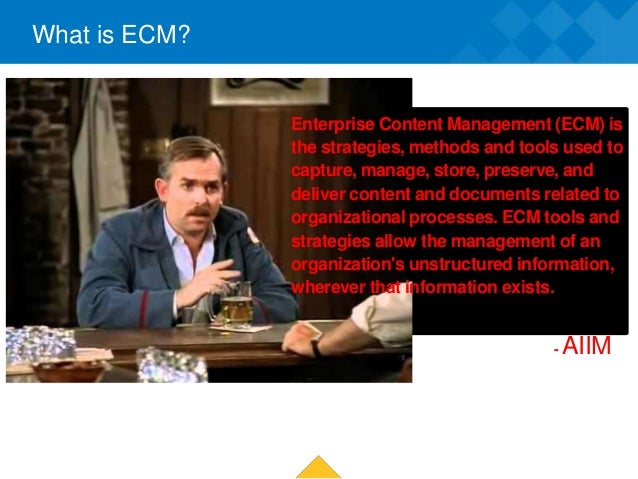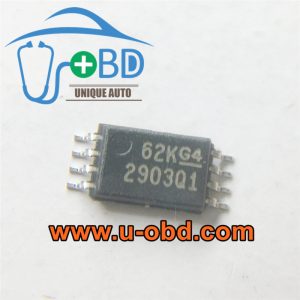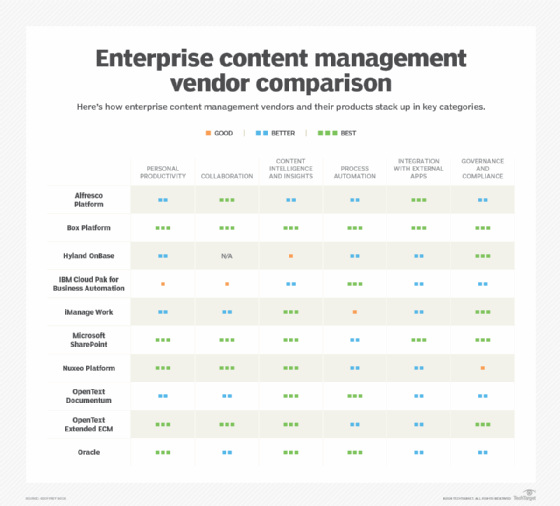

The conductivity of electrolyte depends on salt concentration, dissolved gases, machined debris and temperature. The electrolyte in Ecm should have high electrical conductivity, low viscosity, high specific heat, chemical stability, resistance to form a passivating film on the workpiece surface, non-corrosives and non-toxicity. Electro Chemical Machining consists of following basic elements:Įlectrolyte: In Electro Chemical Machining an electrolyte acts as a current carrier. MRR = Material removal rate in grams per second. Where, F = faraday’s constant = 96,500 Columns = 26.8 amp-hours,

For the recirculation of electrolyte, it is necessary to clean the electrolyte of the debris formed due to metal removal.ĮCM Metal Removal Rate is independent of the hardness of work. The electrolyte needs to be pumped through the gap 0.25 mm at high pressures (0.7 – 3.0 MPa). Tool work-gap in ECM needs to be maintained at a very small value of the order of 0.25 mm for satisfactory metal removal rates. The high rate of electrolyte movement in the tool-workpiece gap washes metal ions away by anodic dissolution from the electrically conductive workpiece (anode: positive pole) before they have a chance to plate onto the tool (cathode: negative pole).

This process is universally used in electroplating by making the workpiece the cathode.Įlectrochemical Machining (ECM) is performed by reversing the process of electroplating, ECM utilizes the principle of electrolysis for metal removal. Michael Faraday discovered that if two electrodes are placed in a bath containing liquid and when a direct potential is applied across electrodes, The metal can be depleted from the anode and plated on the cathode. Weight of substance produced during electrolysis is proportional to current passing, length of time the process used and the equivalent weight of material which is deposited. It is also used to digitize printed paperwork and hand-written documents.Electrochemical machining (ECM) is a non-traditional machining process uses the principle of Faraday to remove metal from the workpiece. Electrolysis is based on Faraday laws of electrolysis which is stated as ECM is used by banks to store cancelled checks. ECM digitizes and manages microfilm for libraries. For example, an ECM solution can provide searchable text descriptions of security video. What are the practical applications of ECM?ĮCM can support many business processes with greater efficiency due to digitization of information from unstructured data sources. ECM reduces the overall cost of information management and can provide user access controls over sensitive information which is required by many federal regulations such as HIPPA and Sarbanes-Oxley.

Who uses ECM?ĮCM is used by organizations that want to create a robust information management competency but are concerned about the costs to extract information from unstructured sources and/or have strict regulatory compliance obligations. ECM is traditionally concerned with information in unstructured documents such as email, instant messages, or video, but it can also include structured data.
ECM TOOLS USED HOW TO
What do I need to know about ECM?ĮCM supports data governance efforts though structured features that control and execute business rules around the lifecycle of data, including where to store data, how to archive it, and when to destroy it.


 0 kommentar(er)
0 kommentar(er)
